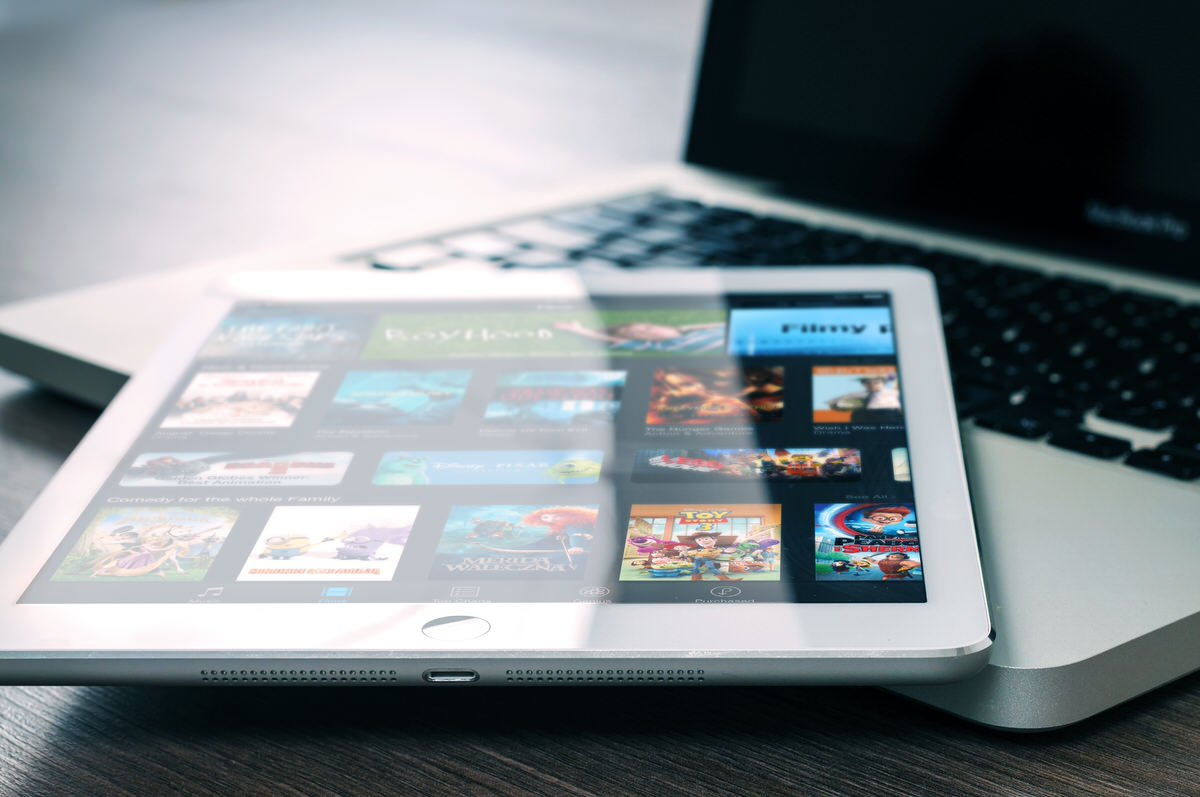I don't know Fraser. I’m assuming his article was written tongue-in-cheek but just in case it was not, this would be my response to what he wrote here.
If you have certain very specifically-defined workflows, and a work environment where you can guarantee yourself a chair and desk, you can probably get your work done on a MacBook Pro. For the rest of the world, there's iPad.Fraser Speirs
Regardless of size, the iPad Pro (or even just an iPad Air) is the only computer you need if your work involves mostly creating presentations, spreadsheets/charts, crafting short documents, and minimalist photography editing. It can be the every-person computer. Teachers, journalist, executives (enterprise or self-employed), sales agents, etc. can do almost everything they need with the device. Slap on an external keyboard or an external microphone and you’re good to go. I can safely say that I could administrate1 my consulting business from the iPad Pro. The MacBook Pro would be a poor replacement for the iPad Pro.
But … it’s not simply a matter of can I do “real work”, for me t’s a matter of can I do “real work” productively, efficiently, and with less friction.
There are some glaring limitation of the iPad and iOS, at least from a photographer’s and security/IT/document professionals perspective.
Security/IT Professional Limitations
The apps store limits the type of applications I am allowed to run. I can’t use open-source or commercial security applications. Apple removed many security tools from the app store around the time they release iOS 4. They don’t allow apps like NMAP, nessus, neat, wireshark, decompilers and binary code analyzers etc.
So the iPad and iOS are useless for penetration testing or vulnerability scans etc. These apps can’t be found in the OS X app store either but I can download and use all these tools on OS X. I can write python or perl or bash scripts that allow me to do REAL security testing without violating any warranty. Nothing of the sort exists for iOS in the App Store. I would have to jailbreak and root iOS to side load apps to do this.
I can’t drive multi-displays with multiple security dashboards with one display monitoring my logs/alerts, another showing me global malware traffic etc. Heck, the iPad Pro can’t even drive multiple background LIVE applications simultaneously.
Remote access/terminal apps don’t do well in the background so launching a script in a terminal app then going off to read email or do other work while the script completes isn't doable. I had to remember to switch back to the background app every few minutes to keep things alive.
Photography Limitations
What’s the maximum memory footprint allowed for an iOS app versus an OS X app? Would I be able to use the existing feature set of Lightroom and Photoshop on iOS? I’m not even a power user and there are so many limitations to editing images on iOS that I end up back on my iMac. I can’t do 16MP — that’s a low limit even for today entry-level digital cameras — 3 exposure HDR images on iOS. I can’t use Photoshop on iOS to focus stack 60-100 images for basic macro-photography. I can’t do multi-layer image editing in real-time on iOS. The CPU in the iPad Pro just doesn’t cut it.
I can’t import or edit RAW image files on the iOS. So … that eliminates the iPad entirely from my workflow. And I am not even a professional. Just an amateur who won’t settle for the limitations imposed by JPEG. I have found only three photography apps that use the iOS “edit-in” feature of the iOS Photos app. I found only one of the apps useful. That means for all the other apps I wan tot use, for each edit I want to do on an image, I need to import that image into an app, make my edit, then export a copy. Then import that edited copy into the other app, make the edit, and export YET ANOTHER COPY. Did you know that each time you export a JPEG image, it gets compressed? So with each image edit in iOS, I lose quality.
However, sometimes I do edit images on my iPad Air exclusively. That involves importing the images to Adobe Lightroom on my iMac, and using Creative Cloud to sync a subset of those images to Adobe Lightroom Mobile. Once I complete some minor edits and adjustments in Lightroom Mobile, I can again use
Document Professional
No long explanation here. Just two words and one sentence that explain the limitations. Fonts. Layout. When the document leaves the iPad Pro — whether created in Microsoft Office or Pages — it turns into crap everywhere else.
Summary
So from my perspective, the MacBook "can replace an iPad Pro for getting real work done.”
I guess it depends on your definition of real work.
- I do the invoicing and accounting, tax filing, banking, and other office administration tasks for my single member LLC from my iPad Air. ↩

